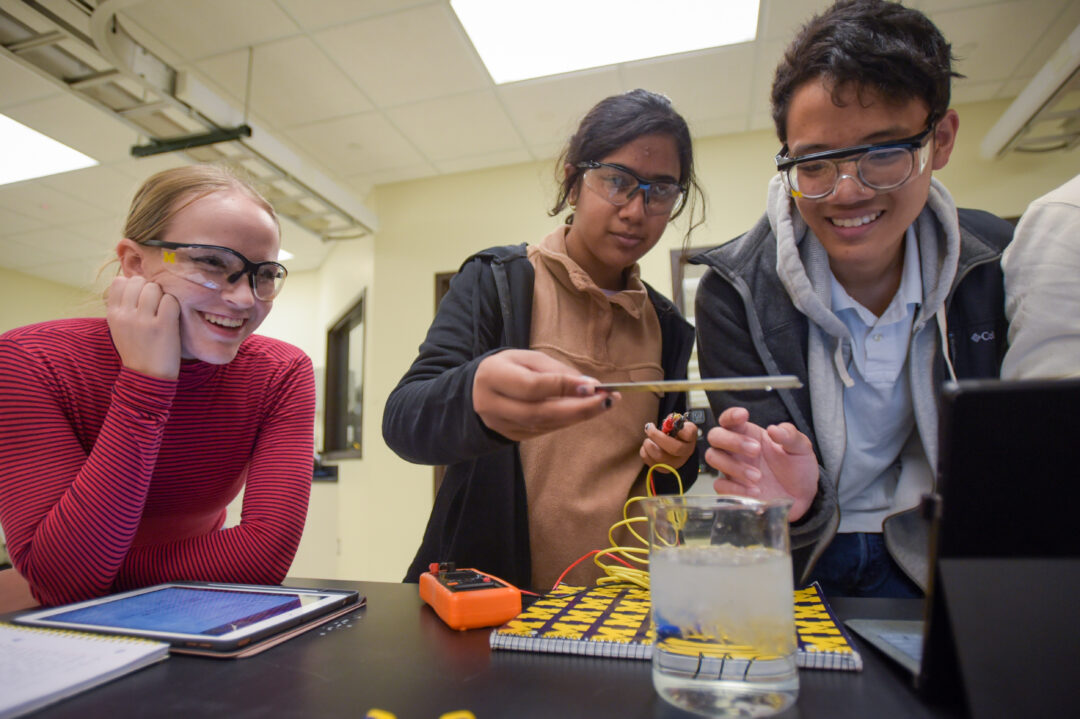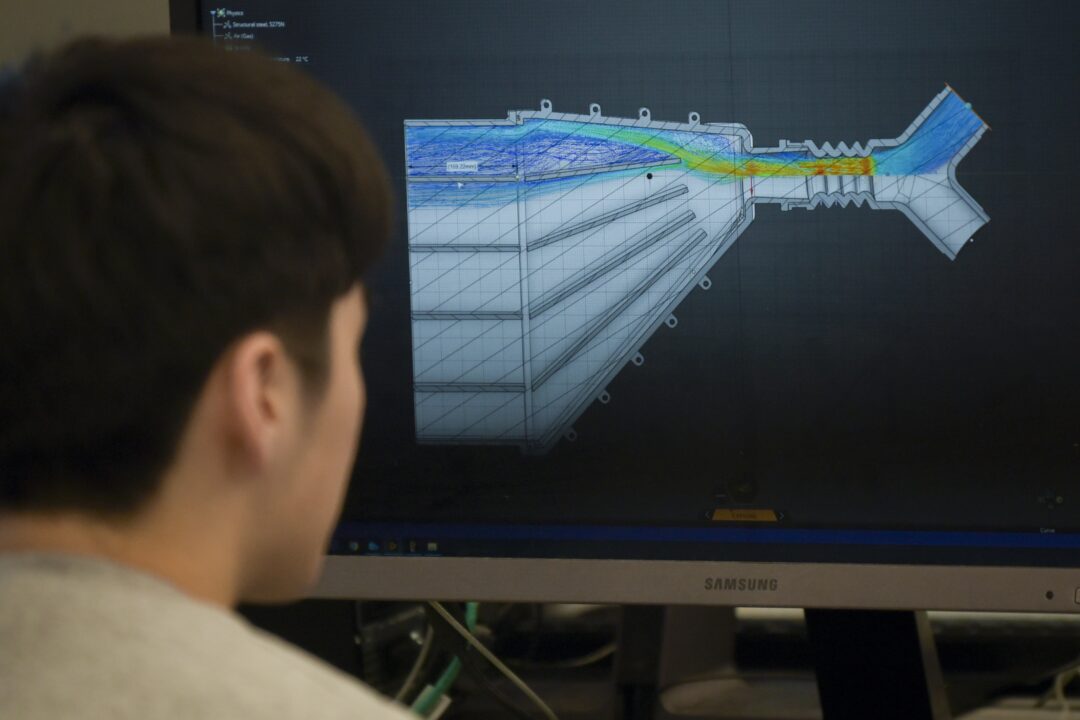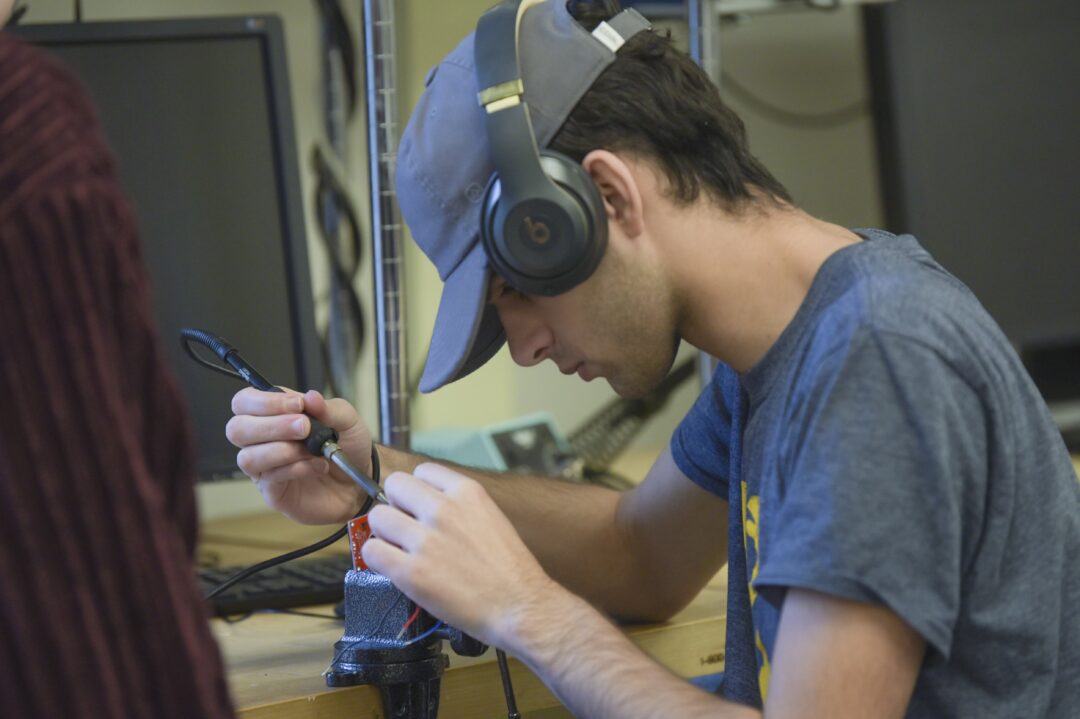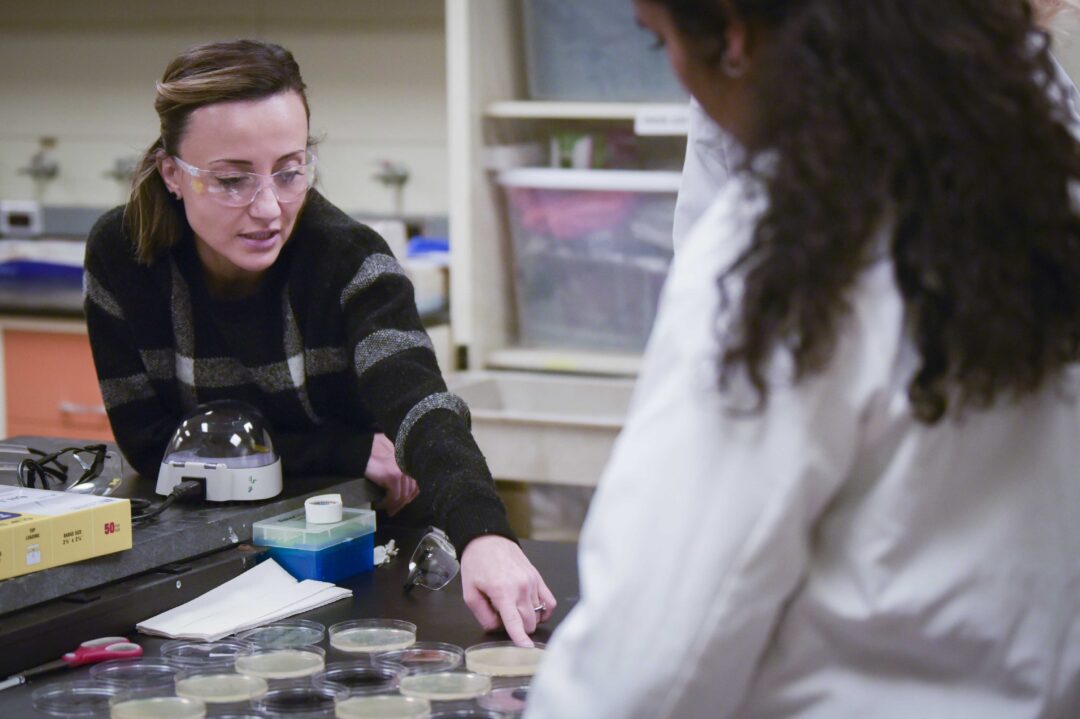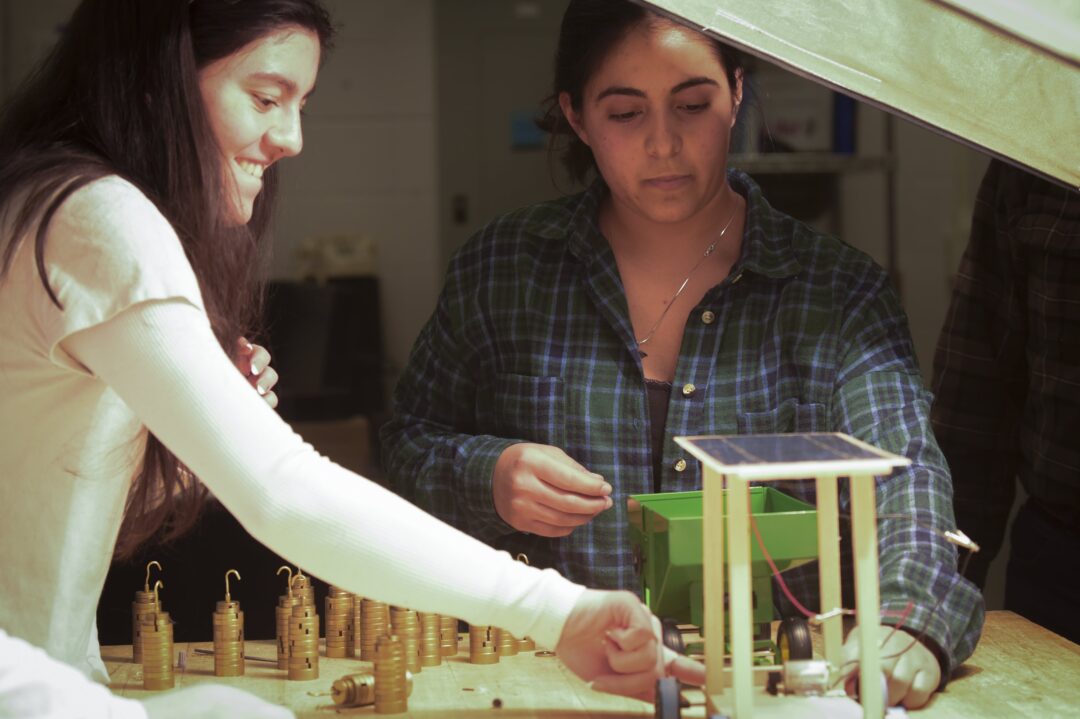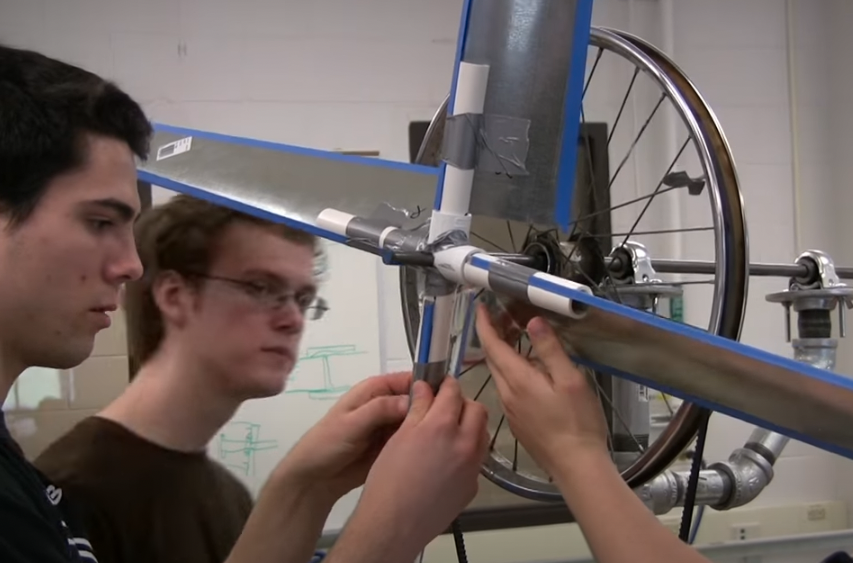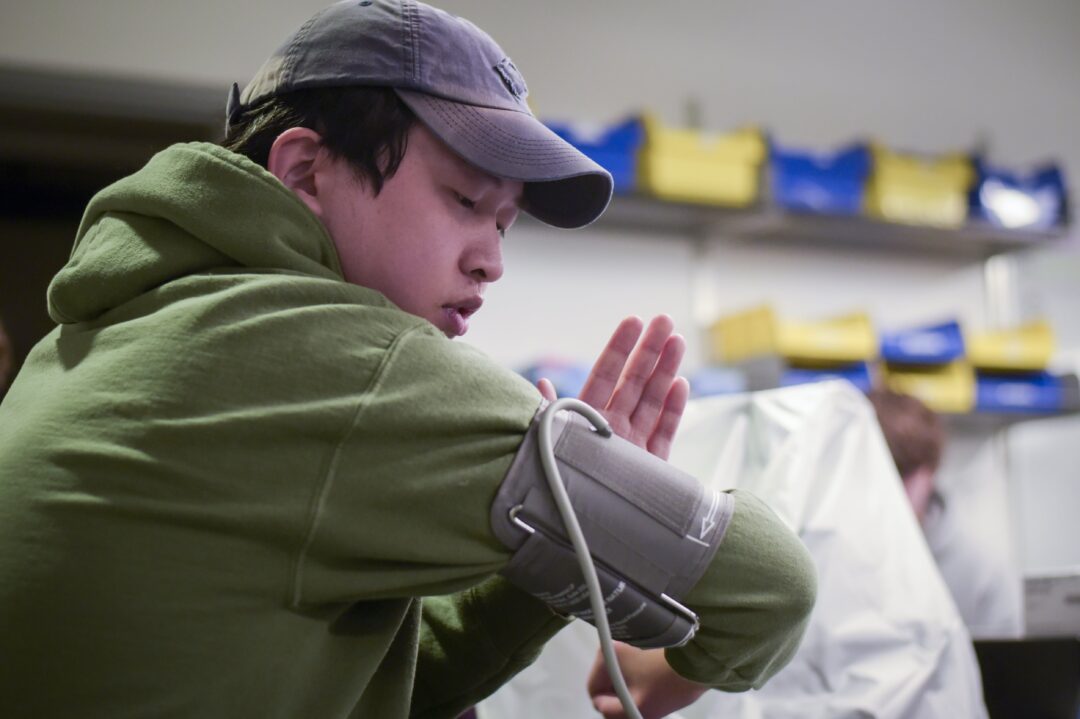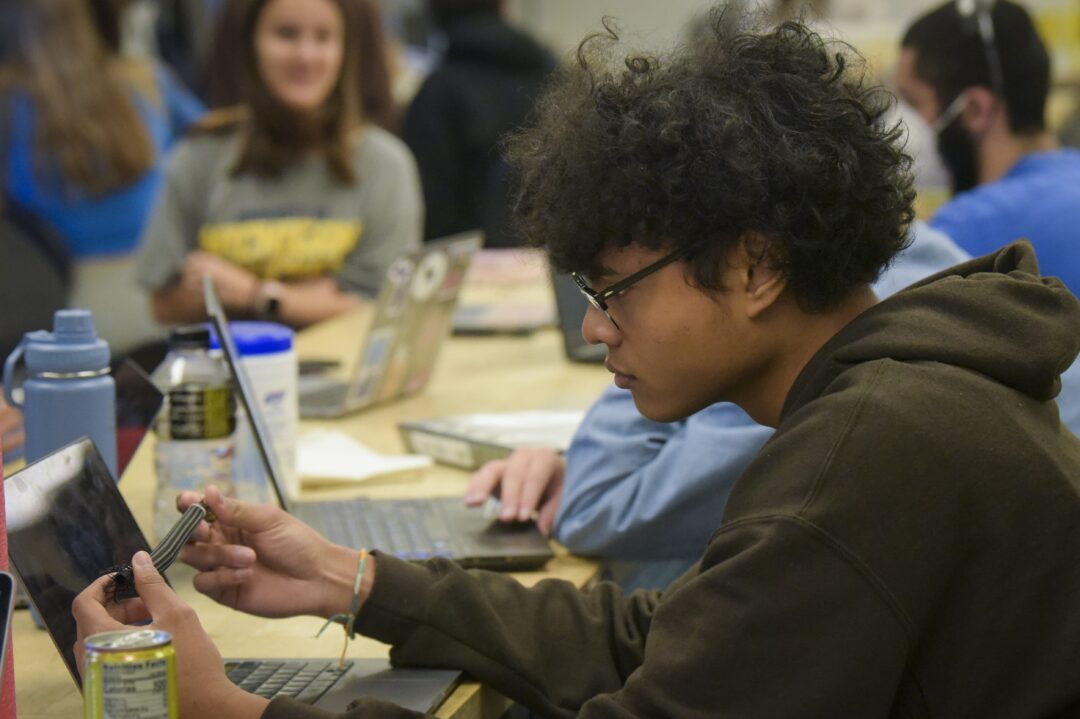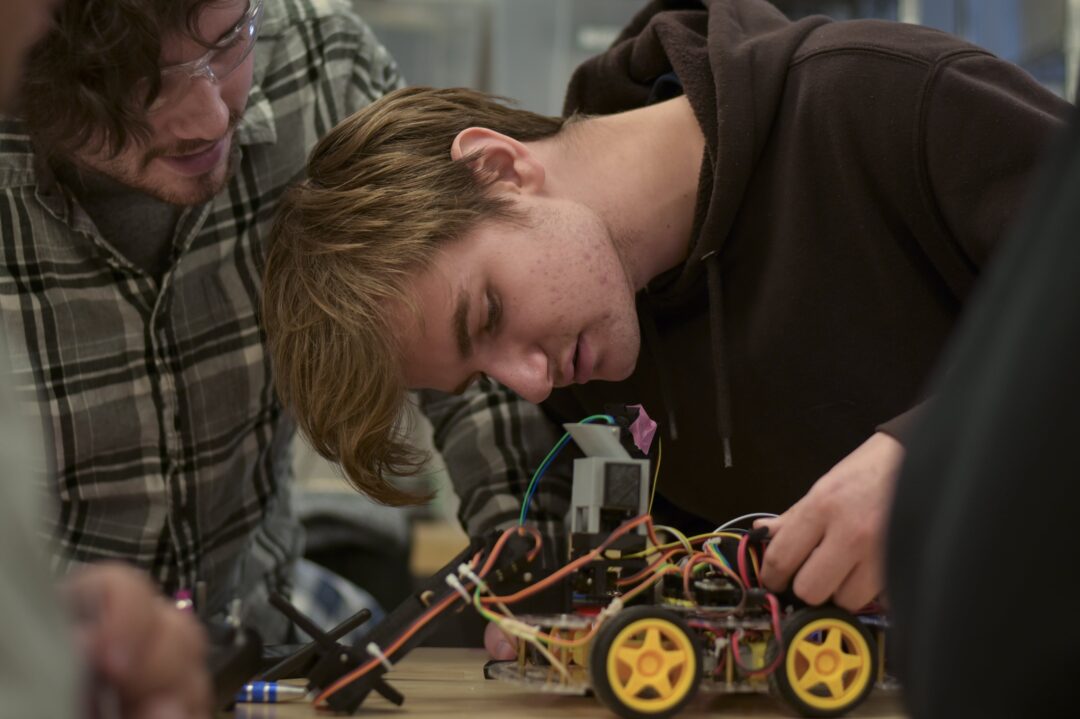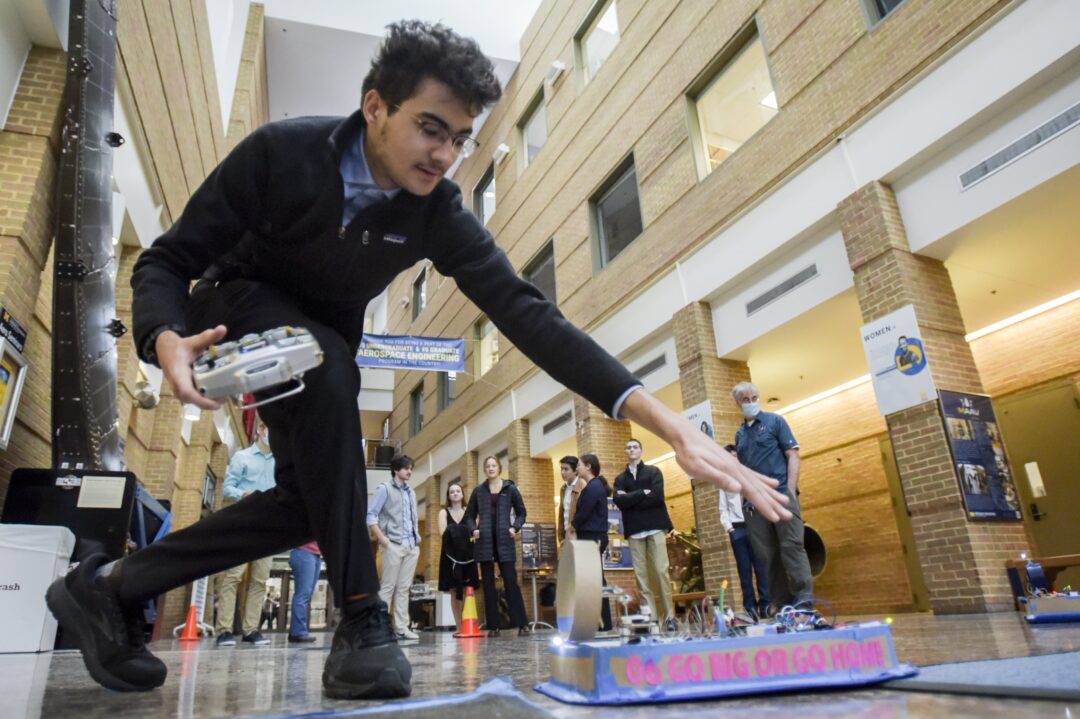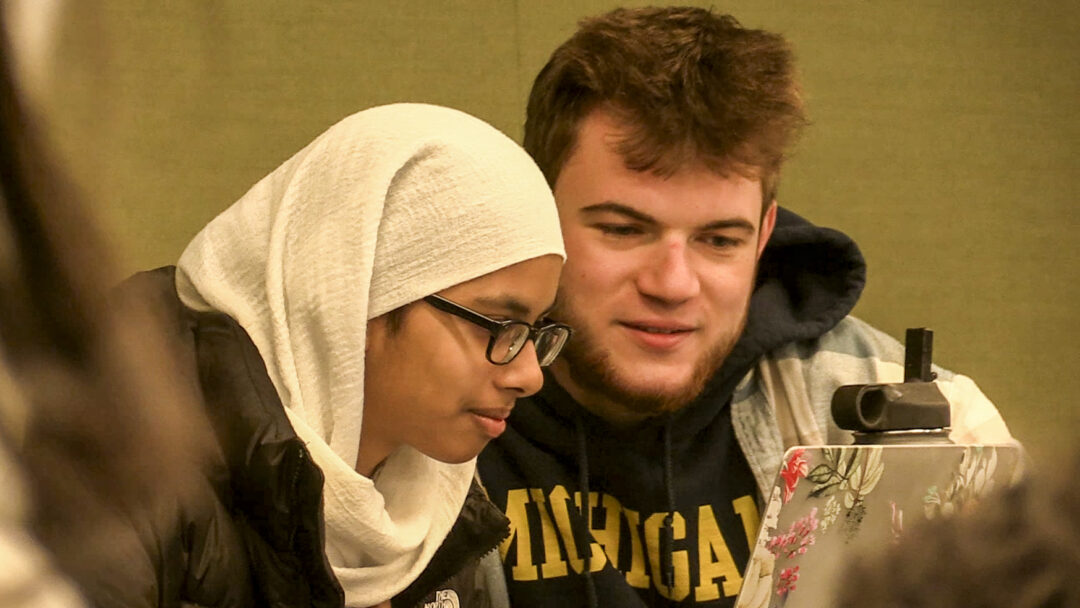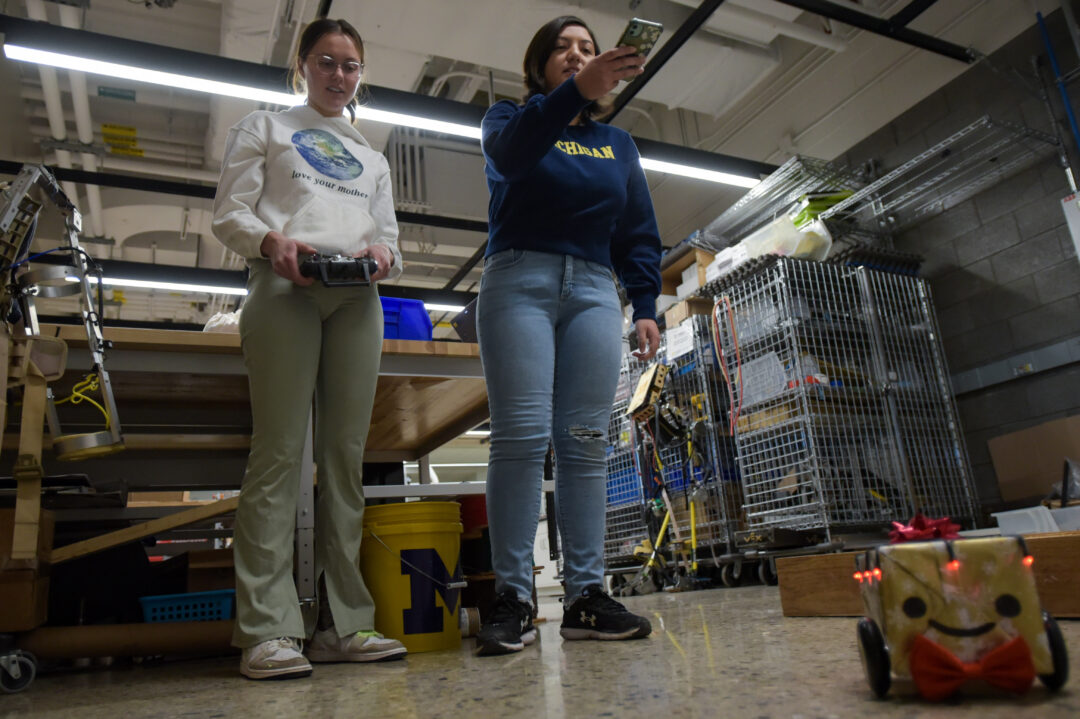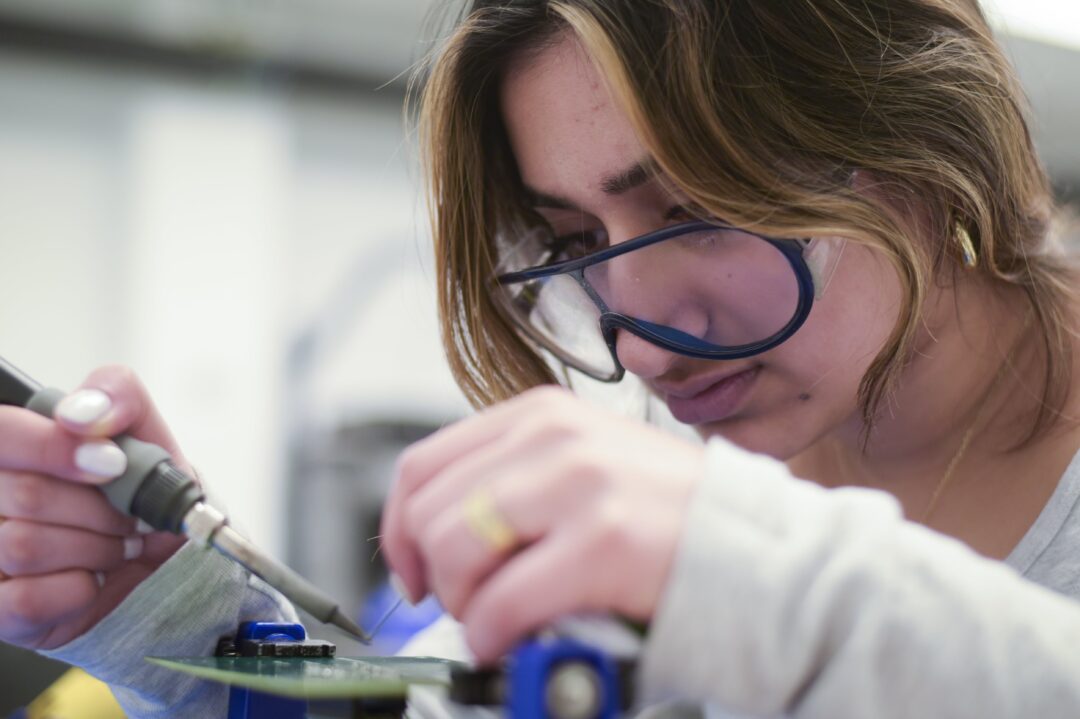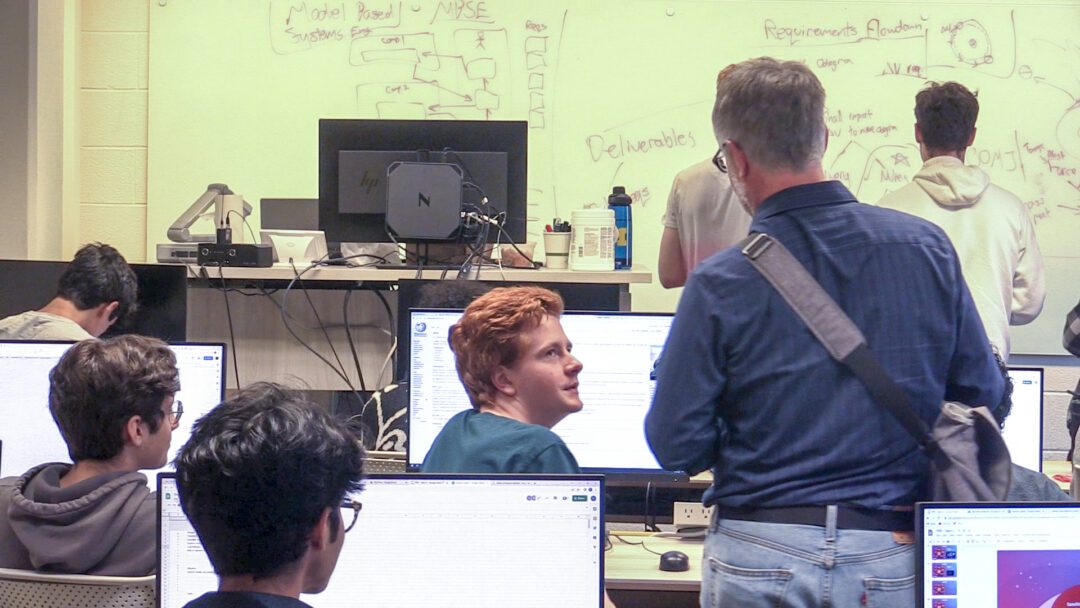– Clear
“Stone Age,” “Iron Age,” “Silicon Valley” – these terms reflect major aspects of human civilization. From textiles to sugar, to transistors and smartphones – various products have proven critical developments in human history. What materials made them possible? What new industries did they spawn? What new problems did they create? What might come next?
Section 120: The Greatest Materials of All Time
How can we make engineering more sustainable and more beneficial to people and the environment? If that’s a question you care about, this is the E100 section for you. This is a course about sustainable materials and user-centered engineering design. Our goal is to teach sustainable engineering practices that will be useful to nearly all engineers.
Section 130: Sustainable Materials and User-Centered Design
A river runs through natural settings, a river runs through urban environments. Most rivers in the world have been impacted by human activities. Our goal is to gain a solid understanding of river dynamics and related ecosystem services. As engineers, we will learn methods and tools to restore habitats for certain aquatic species, stabilize banks, and rehabilitate important natural functions in urban streams.
Section 150: A River Runs Through It
This course provides a detailed overview of the engineering design process – the “heart” of engineering – in a broadly accessible manner that assumes no specialized knowledge and is largely applicable to most engineering disciplines. Students also learn various practical skills commonly employed in the design process such as basic CAD and CAE, TRIZ techniques, patent searching, and project management software.
Section 200: Design in the Real World
Instructors from five different disciplines will support your exploration of the creative design process through a collaborative, semester-long project: a multimodal essay, that combines architecture, art & design, engineering, music and writing to make an argument, while preparing you to work on interdisciplinary design teams.
Section 210: Writing and Interdisciplinary Collaborative Design
How do innovative technologies lead to new products? And how can you, as an engineer, identify valuable opportunities for new innovations? This section explores the intersections of engineering and business with a focus on identifying, developing, and evaluating the viability of new product opportunities for an innovative platform technology.
Section 220: Bringing Innovative Technologies to Market
Microprocessors and computing systems have become pervasive and have enabled the intelligent functioning of cars, chatbots, computers, phones, watches, websites, and countless other systems. In this course, you will build the hardware and software of a complete computing system, including the microprocessor, operating system-level code, and application program.
Section 250: Microprocessors and Toys
In this course, we will provide a comprehensive introduction to the captivating realm of wearable electronics.This course combines material physics, chemistry, and engineering, based on which we can create wearable electronics that are reshaping the future of renewable energy, healthcare, and soft robotics.
Section 330: The Rise of Wearable Electronics
This section of Engineering 100 introduces fundamental concepts of bioengineering, biotechnology, and chemical engineering, and provides students an understanding of how biological systems can be engineered to solve real-world problems such as the need for renewable energy and affordable medicine.
Section 350: Engineering Biological Solutions
Autonomous systems such as self-driving cars, robots, and drones are being used today in a wide range of applications, from search and rescue to smart farming, from package delivery to the future of mobility. In this section, you will design and validate an engineering solution to enable a novel application based on an autonomous drone using the AirSim engine drone simulator.
Section 400: Self Driving Cars, Drones, & Beyond
In this section of ENGR 100, students will learn about solar energy collection and storage, and more generally, about electrical circuits, micro-controllers, wireless technology, and energy/power. The first half of the class will teach concepts in each of these areas, where electrical systems provide information collection, processing, and networking for all engineering fields.
Section 420: Solar Energy and Self-Powered Wireless Systems
This section introduces students to the engineering profession by exploring the engineering challenges to using renewable energy as a “green” alternative to fossil fuels. Students learn concepts of renewable energy, culminating in a team-based term project to produce a device that scavenges wind energy to perform a task.
Section 450: Harness the Wind - Green Engineering
Biomedical engineers envision, design, re-design, and test devices on the bleeding edge of medical technology; devices that improve and even revolutionize the treatment, diagnosis, and monitoring of the most important health challenges facing humanity today. This section of ENGR 100 is built to give you the opportunity to learn about and experience this process hands-on with real medical devices.
Section 510: Design in Reverse: Dissecting Modern Medical Devices
Wellness is a critical component of everyday life and includes both physical and psychological health. In this course we will explore research and technologies that support wellness, including wearable sensors. Wearable sensors let us track biometric data, which can be readouts of sleep patterns and emotions.
Section 520: Engineering Wellness: Technologies to Support Physical and Mental Health
Bioinspired design views the process of how we learn from nature as an innovation strategy translating principles of function, performance, and aesthetics from biology to human technology. The creative design process is driven by interdisciplinary exchange among engineering, biology, medicine, art, architecture and business.
Section 580: Bio-inspired Design
Autonomous and remotely-controlled vehicles are important tools used for exploring terrestrial planets and planet-like moons. In this section, you will design, build, and test a rover system capable of collecting microscale ore particles from an emulated planet surface and transferring particle samples to the onboard microscope for material characterization.
Section 590: Wireless Microscopic Ore Rover (WMOR)
In our section, you will work in a team of five to design, build, test, and communicate about a remotely operated vehicle (ROV), sometimes called a submersible, for underwater exploration. The ROV has a set of tasks that it will need to do, but otherwise this is a “free design” project with minimal constraints on size, shape, and function.
Section 600: Underwater Vehicle Design
This course introduces students to practical Aerospace Engineering processes by the means of design, build, test and operation of simple flight vehicles (e.g. hovercraft). This Systems Engineering Experience includes an extensive design-build-test-compete component.
Section 700: Intro to Aerospace Engineering
Do you ever have to swipe your M card more than once to enter your dorm room? In essence, there is always room for improvement in everyday processes. Continuous improvement in processes and operations focuses on consistently applying methods that improve the quality of a product or service.
Section 810: Continuous Improvement & Operations Management
As more people experience the real impacts of climate change, the need for strategic collaboration between design experts and local communities has become more urgent. In this section, you will use XR technologies to learn socially-engaged design and community outreach related to nuclear technologies for global decarbonization.
Section 910: Socially Engaged Design of Nuclear Energy Technologies
Rocket science, how we use rockets to move stuff around the Earth and throughout the solar system, is a confluence of several engineering fields including mechanical, aerospace, and electrical engineering as well as computer science. When a system is built, its performance is measured and compared against expectations given the design.
Section 980: Rocket Science


